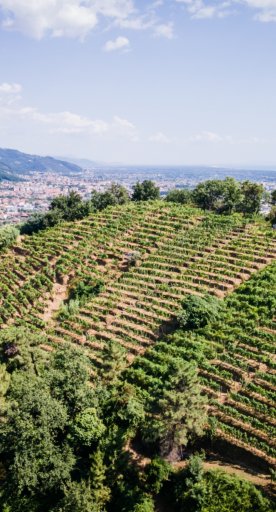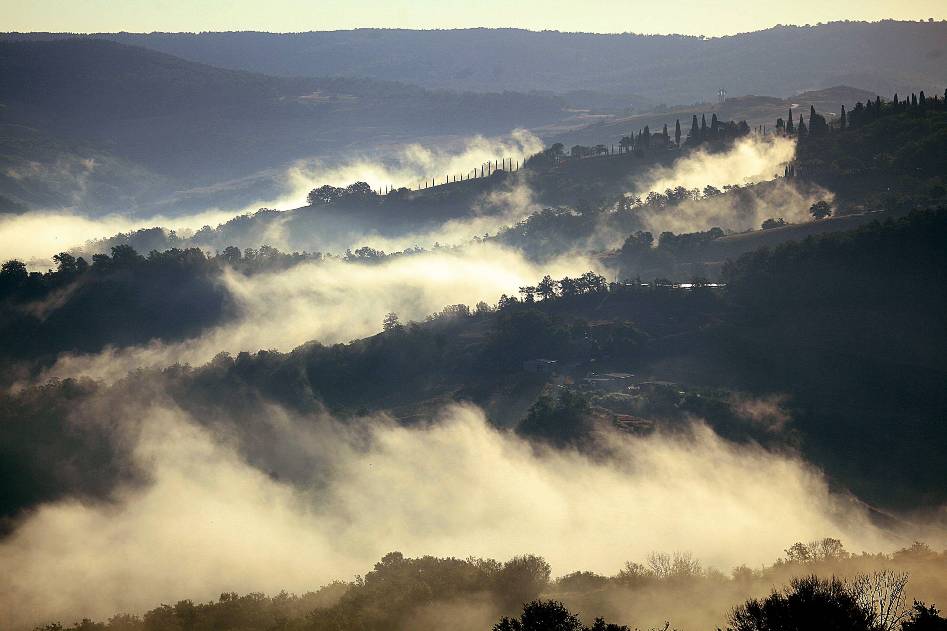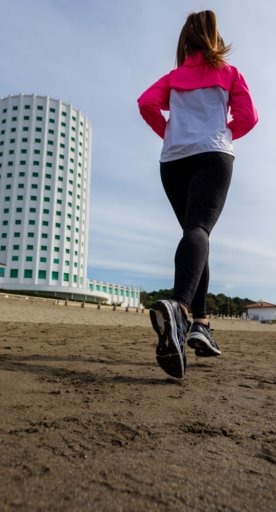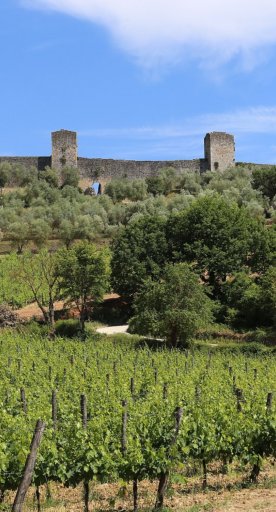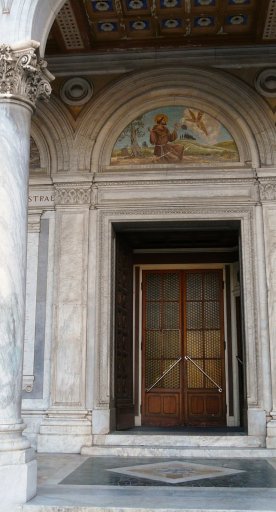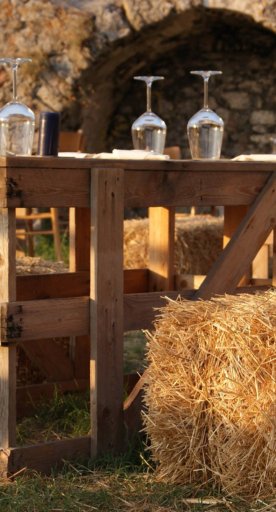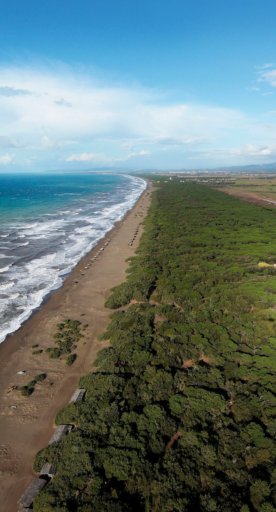

10 things to do in Massa
Including the sea, art and marble mountains
With the scent of the sea and the whiteness of the marble, Massa is a city of contrasts and harmonies: noble and popular, maritime and mountainous, suspended between the Apuan peaks and the waves of the Tyrrhenian Sea.
Its historic center preserves the memory of the Cybo-Malaspina dukes, while the surroundings offer hills, thermal baths and welcoming beaches.
Here are ten experiences for discovering the most authentic side of the city.
-
1.Admiring Piazza Aranci and the Palazzo Ducale
-
2.Going up to the Malaspina Castle
-
3.Discovering the Cathedral and the ancient heart of the city
-
4.Entering the Martana Air-raid Shelter
-
5.Visiting the Gigi Guadagnucci Museum
-
6.A journey through art and nature in the Park of La Rinchiostra
-
7.Getting to know the Diocesan Museum
-
8.Visiting the Apuan Ethnological Museum
-
9.Enjoying the sea at Marina di Massa
-
10.Relaxing at the San Carlo Thermal Baths
Admiring Piazza Aranci and the Palazzo Ducale

Piazza Aranci, the monumental heart of the city, impresses you with its spectacular elegance: three rows of orange trees, an obelisk in the center and the majestic Palazzo Ducale in the background, built in the 17th century by the Cybo-Malaspina family.
Once a ducal residence, it now accommodates offices and exhibitions, but retains the solemnity of its frescoed halls. While strolling under the porticoes, you can feel the noble atmosphere of a small Renaissance capital, where every perspective seems designed to surprise.
Going up to the Malaspina Castle
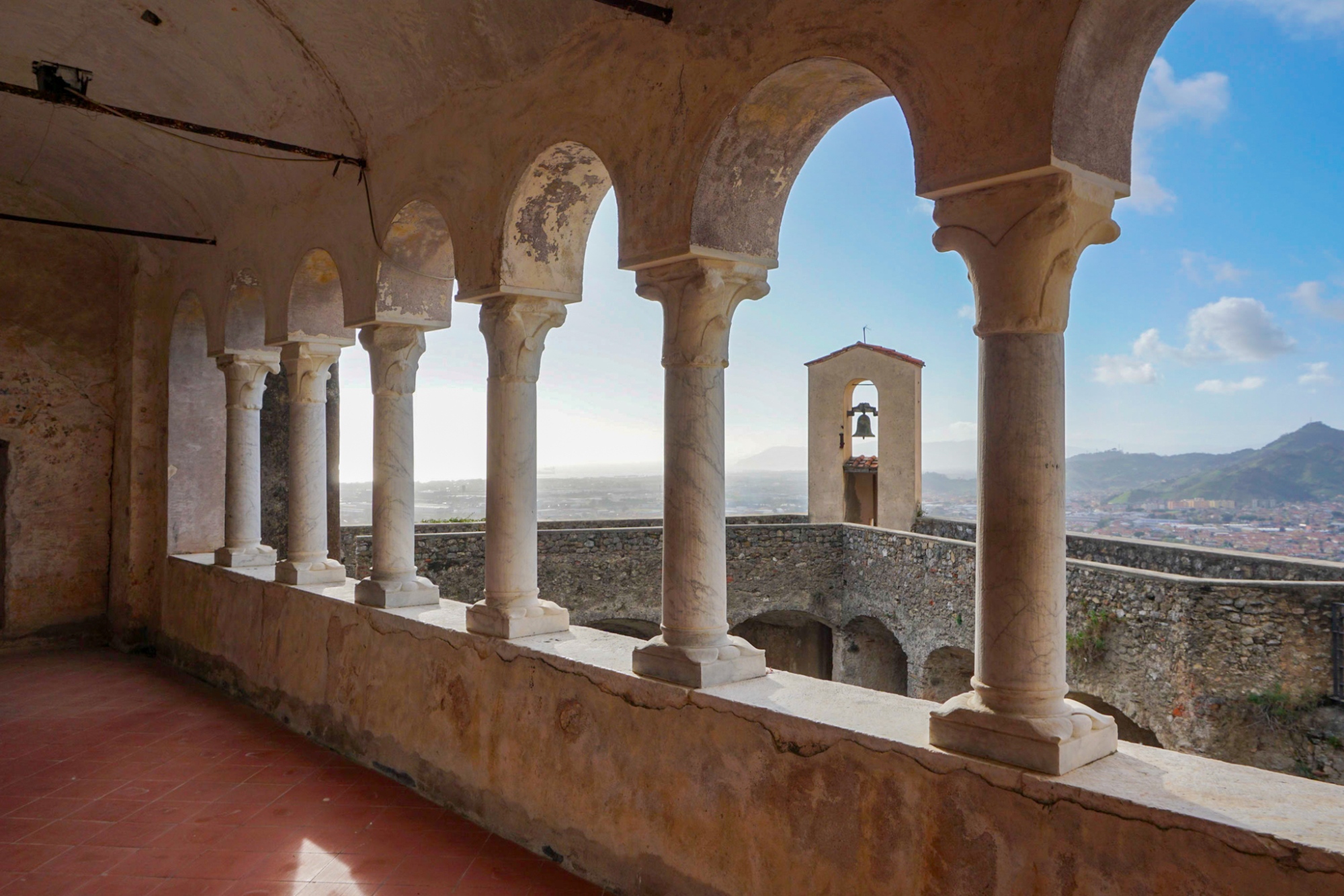
From the top of the hill overlooking the city, the Malaspina Castle tells the story of centuries of history, from its medieval origins to its transformation into a stately residence. In its towers, halls and courtyards, there are still traces of battles, imprisonments and ducal splendor, but the real highlight is the view: from the Massa plain to the white peaks of the Apuan Alps and all the way to the sea. It is a place that perfectly embodies the character of the territory, which is austere yet romantic, rugged and bright.
Discovering the Cathedral and the ancient heart of the city
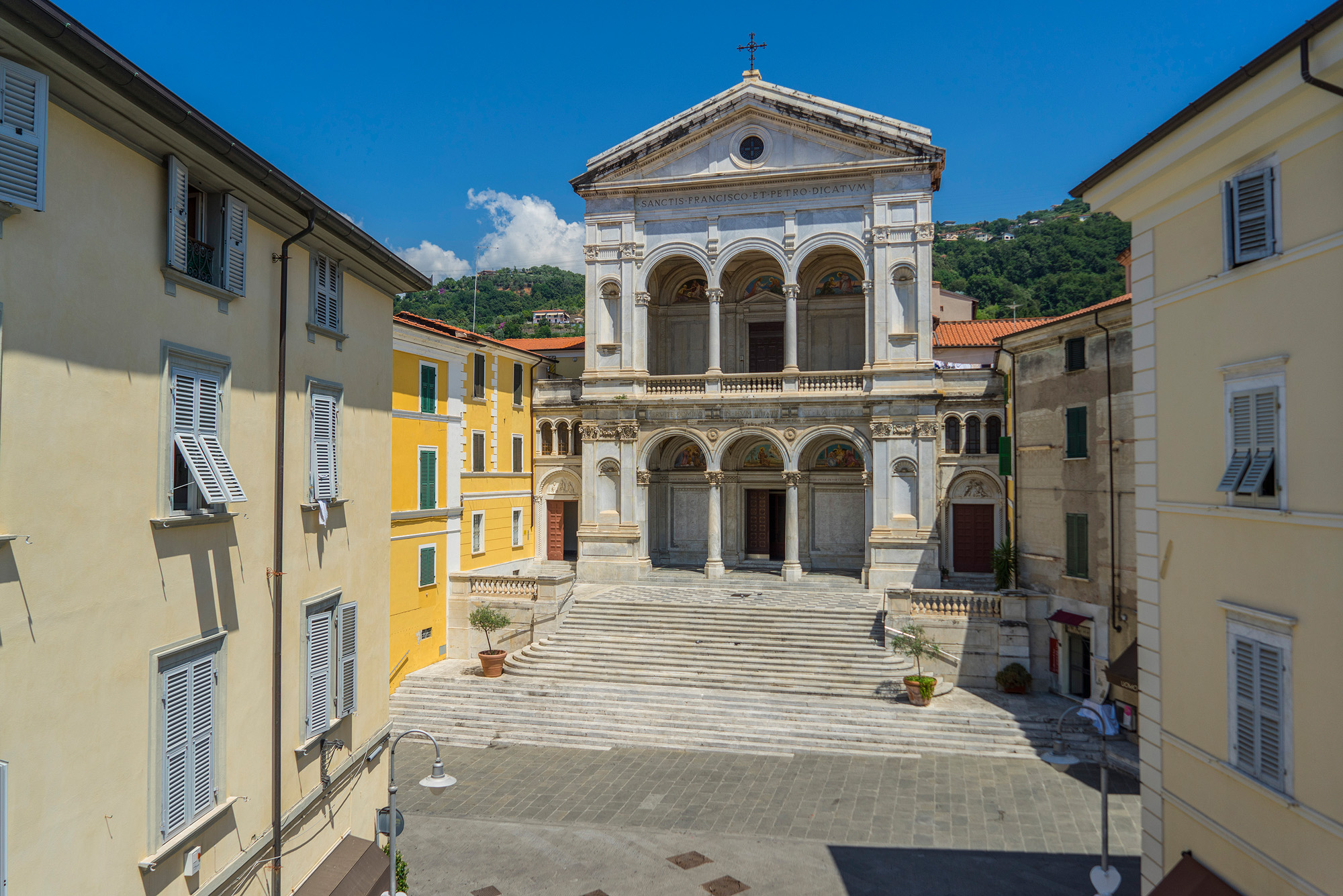
In the heart of the historic center, stands the Cathedral of Saints Peter and Francis, rebuilt in the Baroque period and renovated over the centuries. Marble, light and silence make Massa Cathedral a place of simple beauty and authentic spirituality, where numerous precious works of art are kept, such as a Madonna and Child by Pinturicchio, a colored terracotta nativity scene by Benedetto Buglioni and the marble altars by Bergamini.
In the vicinity, between the alleyways and workshops, there is still a lively village atmosphere, where sacred art and daily life are intertwined.
Entering the Martana Air-raid Shelter
Beneath the city streets there is a hidden underground world. The Martana Air-raid Shelter offers a moving journey through tunnels and rooms that tell the story of Massa during World War II. Panels and installations bring back the voices of those who found shelter here during the bombing, offering a touching journey into the collective memory.
A historical human experience that leaves its mark.
Visiting the Gigi Guadagnucci Museum
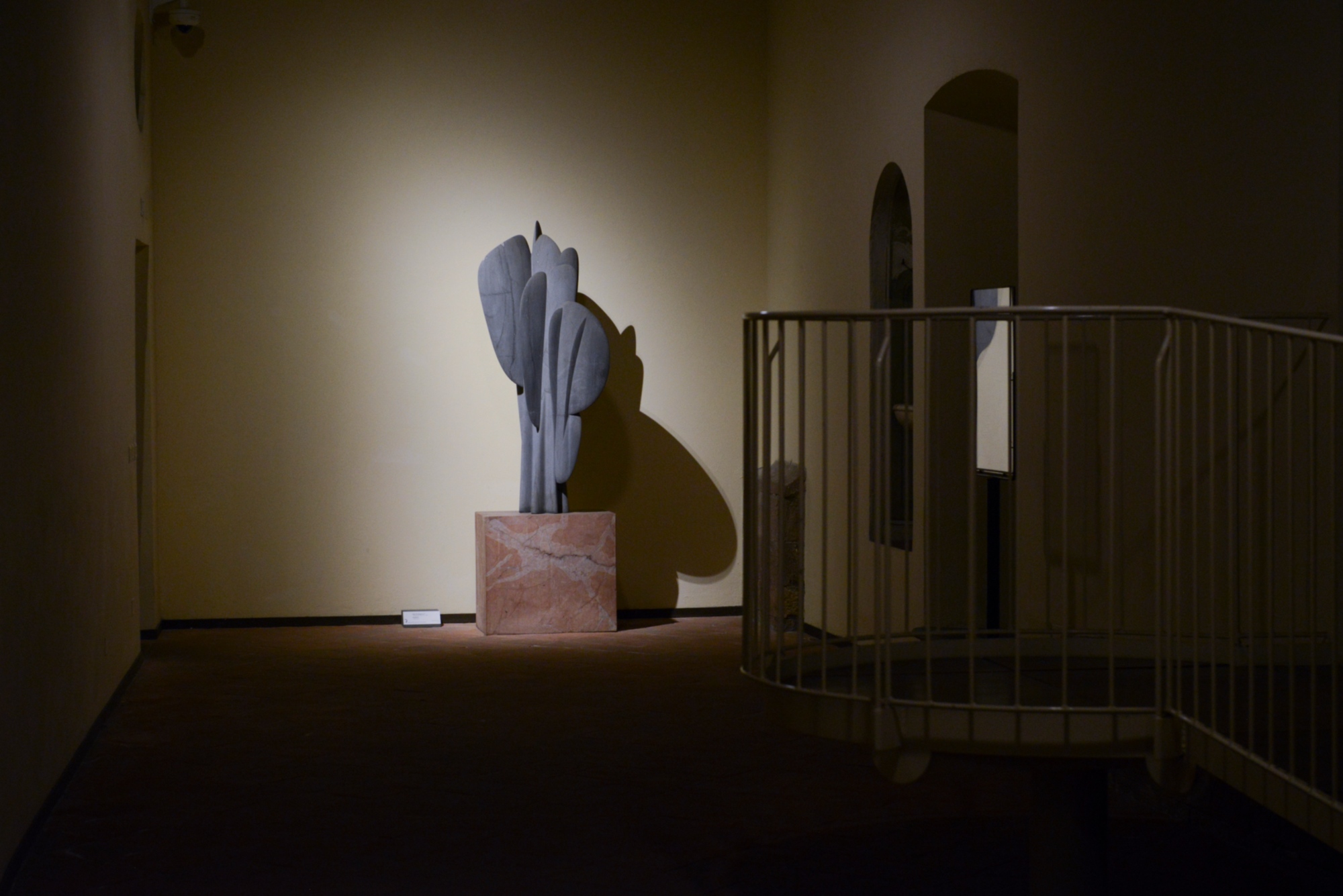
Inside Villa La Rinchiostra, located within a large park, is the Gigi Guadagnucci Museum, dedicated to the great Massa-born sculptor known for his research into marble.
The bright rooms contain works that enhance the purity of the material and the power of light, on a journey of dialog with the villa and the surrounding landscape. A signature museum that talks about the deep connection between Massa and contemporary sculpture.
A journey through art and nature in the Park of La Rinchiostra
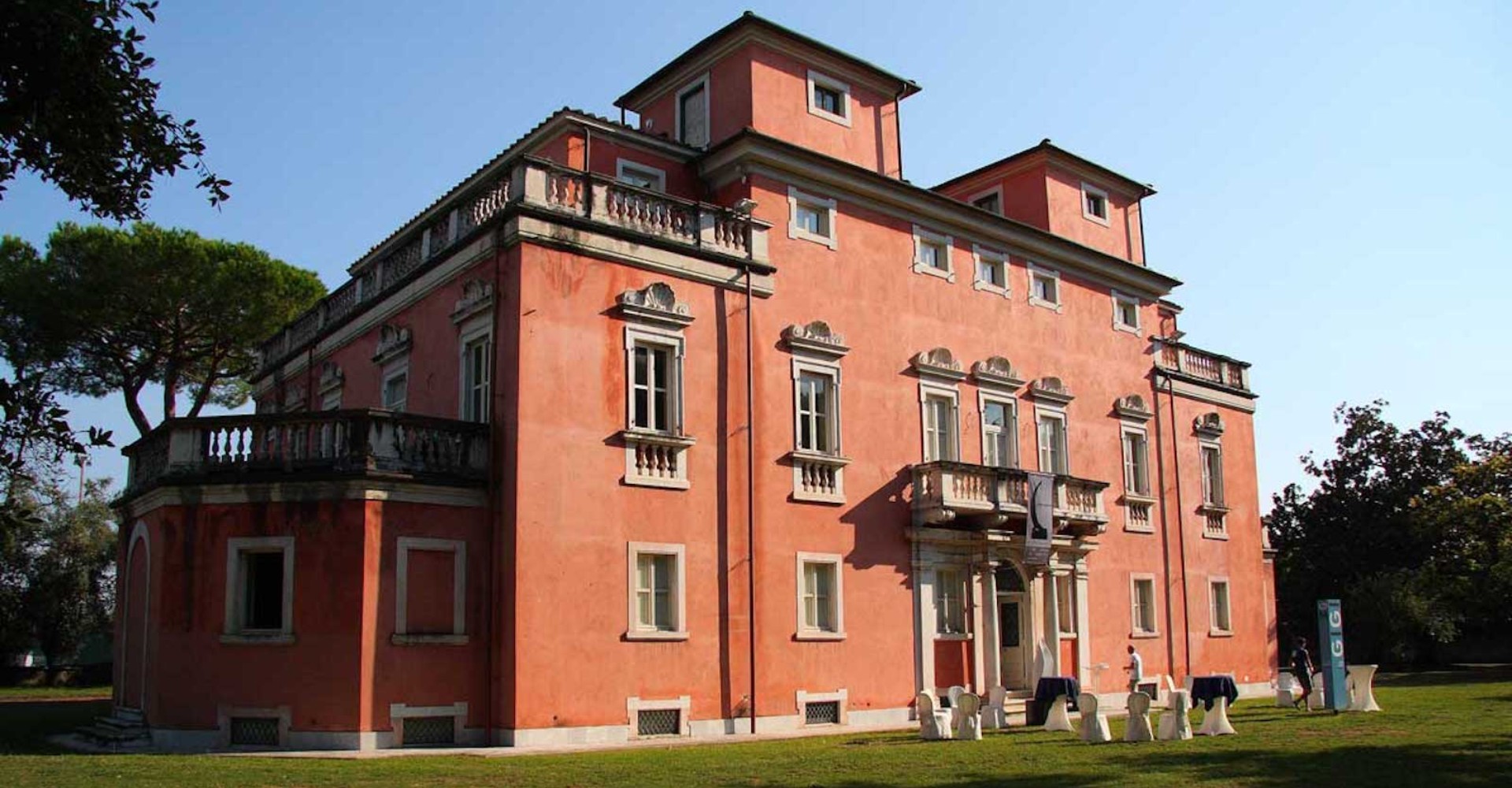
Villa La Rinchiostra is not just a museum, but also a beautiful historical garden open to all.
Shaded paths, centuries-old trees and glimpses of the building create a green oasis in the urban heart of the city.
In summer, the park comes to life with exhibitions, concerts and workshops, becoming a meeting point between culture and nature, just as it did in the noble 18th-century gardens.
Getting to know the Diocesan Museum
Next to the Cathedral, the Diocesan Museum contains a small but precious collection of sacred art: paintings, liturgical furnishings, silverware and reliquaries from churches in the Apuan territory.
Each room describes a page of worship and of local art, offering visitors a journey into spirituality: a quiet place, waiting to be discovered without haste.
Visiting the Apuan Ethnological Museum
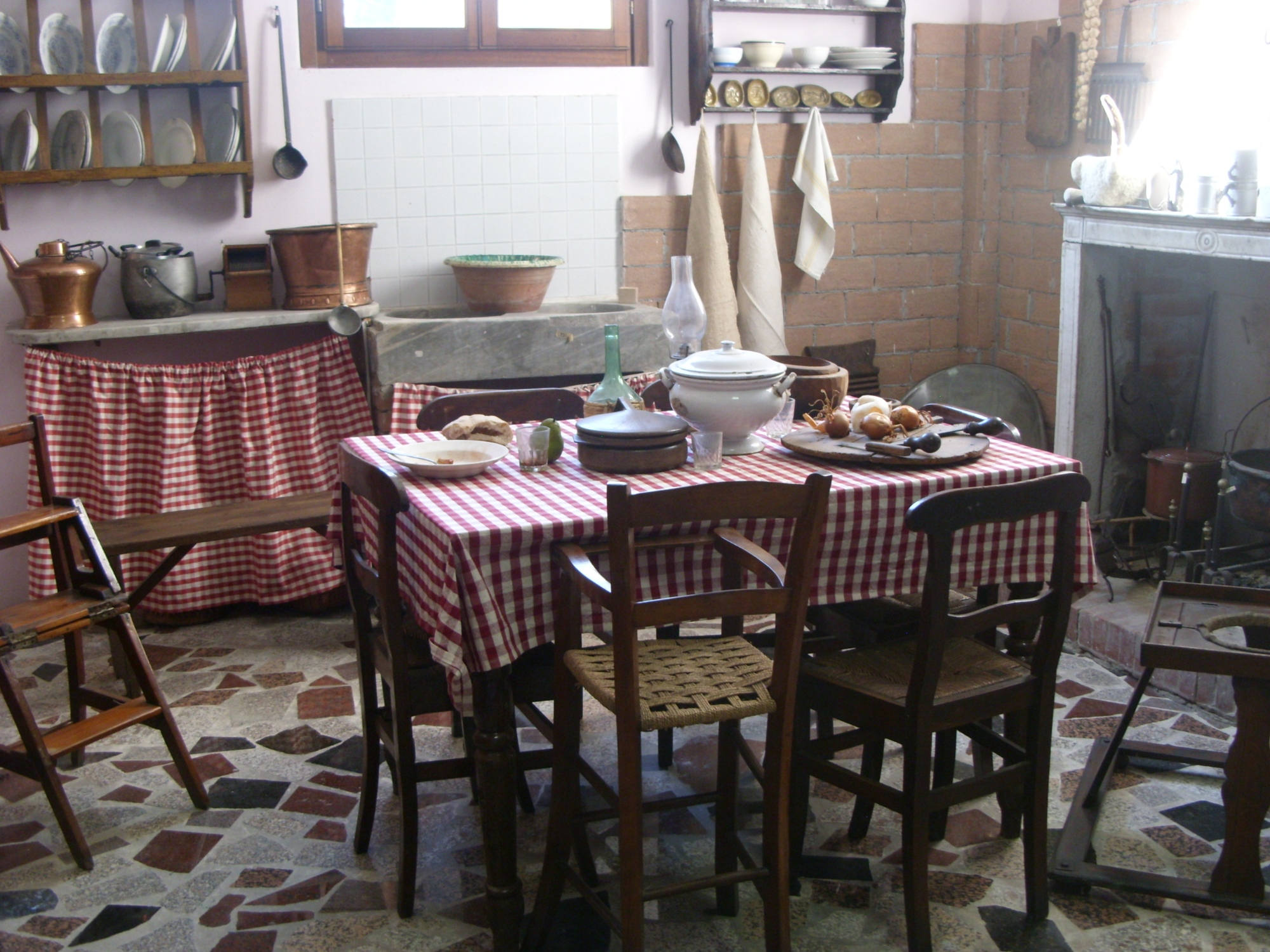
On the outskirts of the city, the Apuan Ethnological Museum contains the everyday memory of a territory suspended between the sea and the mountains. Tools, clothing and photographs tell the story of the lives of the farmers, shepherds and quarrymen who formed the local culture. A fascinating journey that brings back the most authentic side of the territory and its people.
Enjoying the sea at Marina di Massa
The Apuan Riviera, with its long expanse of pale sand and the mountains in the background, is one of the most iconic landscapes along the Tuscan coast.
Marina di Massa combines sea and nature: bathing establishments, stretches of free beach and pine forests with their scent of resin and salt in the air. During the day, you can walk along the waterfront to the pier, while in the evening the beachside venues become ideal places for a drink or dinner with a view of the sunset.
Relaxing at the San Carlo Thermal Baths
A few kilometers from the center, surrounded by the greenery of the woods, the San Carlo Thermal Baths have been a place of well-being and tranquility for centuries. The springs of low-mineral-content water, known for their purifying properties, have supplied fountains and establishments frequented since the 18th century.
Here, you can drink water at the spring, stroll along tree-lined avenues and enjoy the fresh air of the hills. A peaceful place, perfect after a day at the beach.



